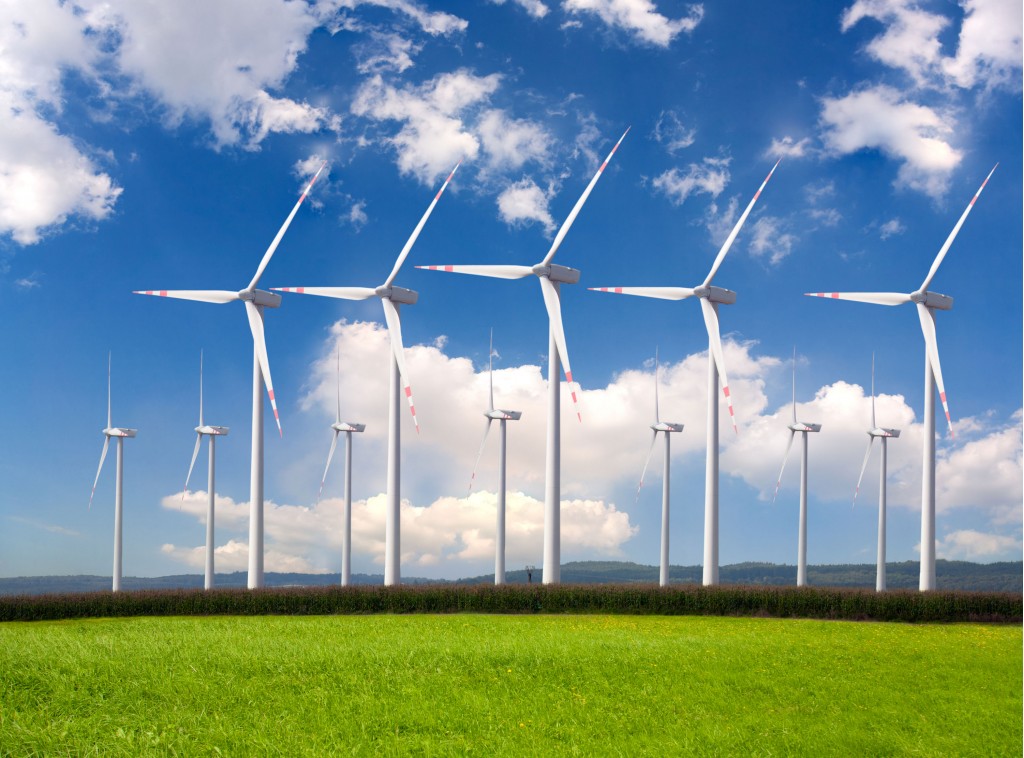The U.S. Department of Energy (DOE) loan program that became a lightning rod during the 2012 presidential election is now turning a profit.
The program became infamous for backing solar company Solyndra, which later went bankrupt.
Three years after Solyndra's failure, though, the program is now in the black.
DON'T MISS: Carbon emissions from U.S. power generation fall to 25-year low
Interest payments from projects funded by the loan program were $810 million in September, higher than the $780 million in losses recorded, reports Reuters, citing DOE statistics.
Those losses make up 2.28 percent of the loan program's total commitments, with the $528 million Solyndra loan making up the bulk of that amount.
The program allows the DOE to guarantee a loan for between 50 and 70 percent of an approved project's cost.

Photovoltaic solar power field at Volkswagen plant in Chattanooga, Tennessee
The program was created in 2005 under the Bush Administration, but its renewable-energy component was added in 2009 as part of the Obama Administration's American Recovery and Reinvestment Act stimulus program.
The emphasis on renewable energy made the program a target of criticism from Republicans, especially after Solyndra's 2011 bankruptcy and the bankruptcy of Fisker Automotive—which received government loans under the separate Advanced Technology Vehicles Manufacturing (ATVM) program.
ALSO SEE: 2017 Karma Revero (nee Fisker) launch: updates, new infotainment
The DOE issued no new loans between late 2011 and this year.
But the program has helped provide funding for renewable-energy projects when private investors were unwilling, Peter Davidson—executive director of the DOE Loans Program Office—said in an interview with Reuters.
After the DOE approved loans for five utility-scale photovoltaic solar projects, 17 more have been funded by private investors who would not have taken the risk at first, Davidson said.

wind farm
That's because most of the projects funded by the program are large power plants that are now producing electricity for the grid, including photovoltaic and solar thermal plants, wind farms, and geothermal energy plants.
MORE: Half of North American power from renewable sources by 2025: plan
This year, the DOE began issuing funds again, although exclusively to renewable-energy projects.
In February it approved $6.5 billion in loan guarantees for two nuclear reactors in Georgia, and a conditional $150 million for a wind farm off the coast of Cape Cod, Massachusetts.
_______________________________________________












